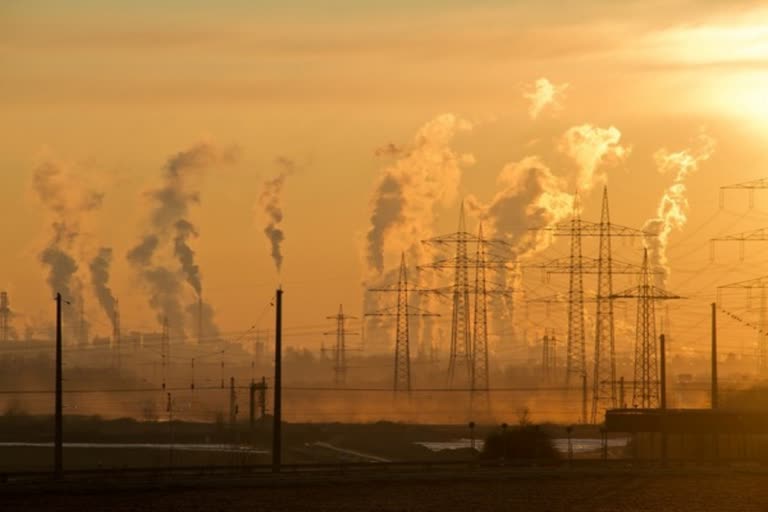New York: Communities around the world emitted more carbon dioxide in 2022 than in any other year on records dating to 1900, a result of air travel rebounding from the pandemic and more cities turning to coal as a low-cost source of power. Emissions of the climate-warming gas that were caused by energy production grew 0.9% to reach 36.8 gigatons in 2022, the International Energy Agency reported Thursday. (The mass of one gigaton is equivalent to about 10,000 fully loaded aircraft carriers, according to NASA.)
Carbon dioxide is released when fossil fuels such as oil, coal or natural gas are burned to powers cars, planes, homes and factories. When the gas enters the atmosphere, it traps heat and contributes to the warming of the the climate. Extreme weather events intensified last year's carbon dioxide emissions: Droughts reduced the amount of water available for hydropower, which increased the need to burn fossil fuels. And heat waves drove up demand for electricity.
Thursday's report was described as disconcerting by climate scientists, who warn that energy users around the world must cut emissions dramatically to slow the dire consequences of global warming. “Any emissions growth — even 1% — is a failure,” said Rob Jackson, a professor of earth system science at Stanford University and chairman of the Global Carbon Project, an international group. "We can’t afford growth. We can’t afford stasis. It’s cuts or chaos for the planet. Any year with higher coal emissions is a bad year for our health and for the Earth.”
Carbon dioxide emissions from coal grew 1.6% last year. Many communities, primarily in Asia, switched from natural gas to coal to avoid high natural gas prices that were worsened by Russia's invasion of Ukraine, the IEA said. And as global airline traffic increased, carbon dioxide emissions from burning oil grew 2.5%, with about half the surge resulting from the aviation sector.
